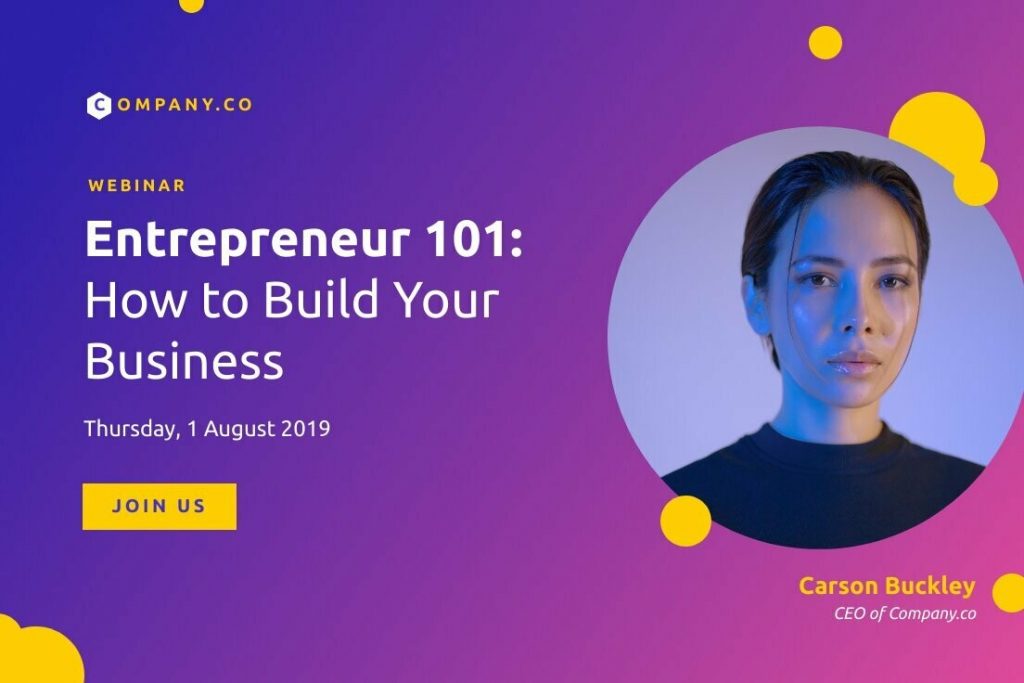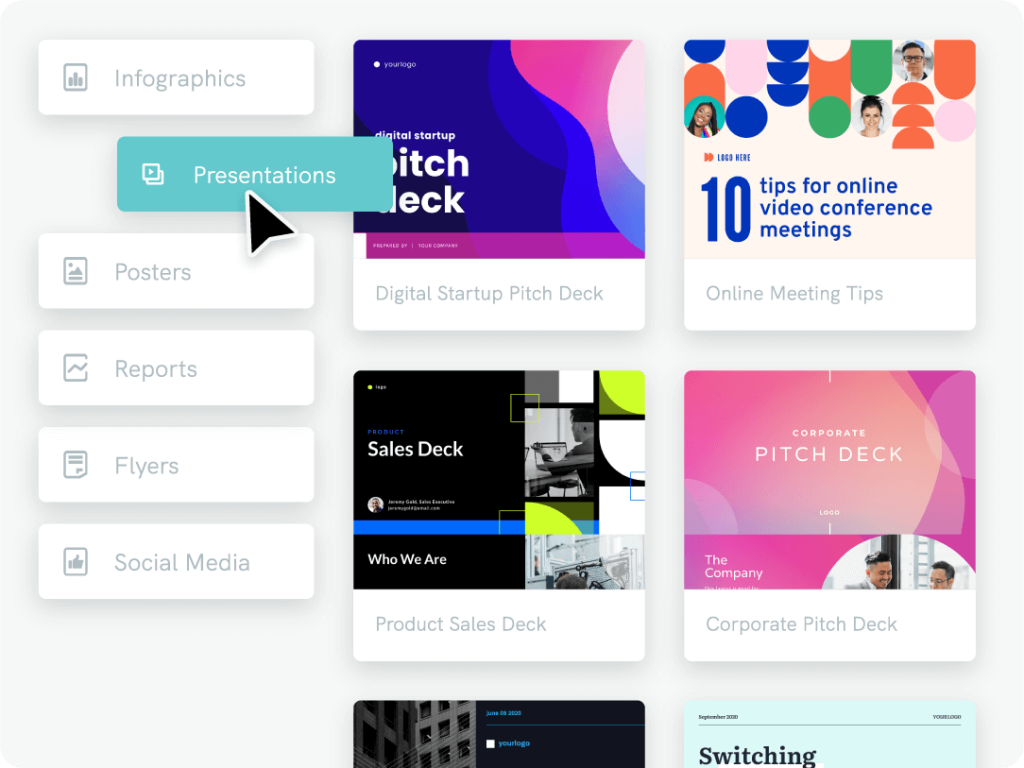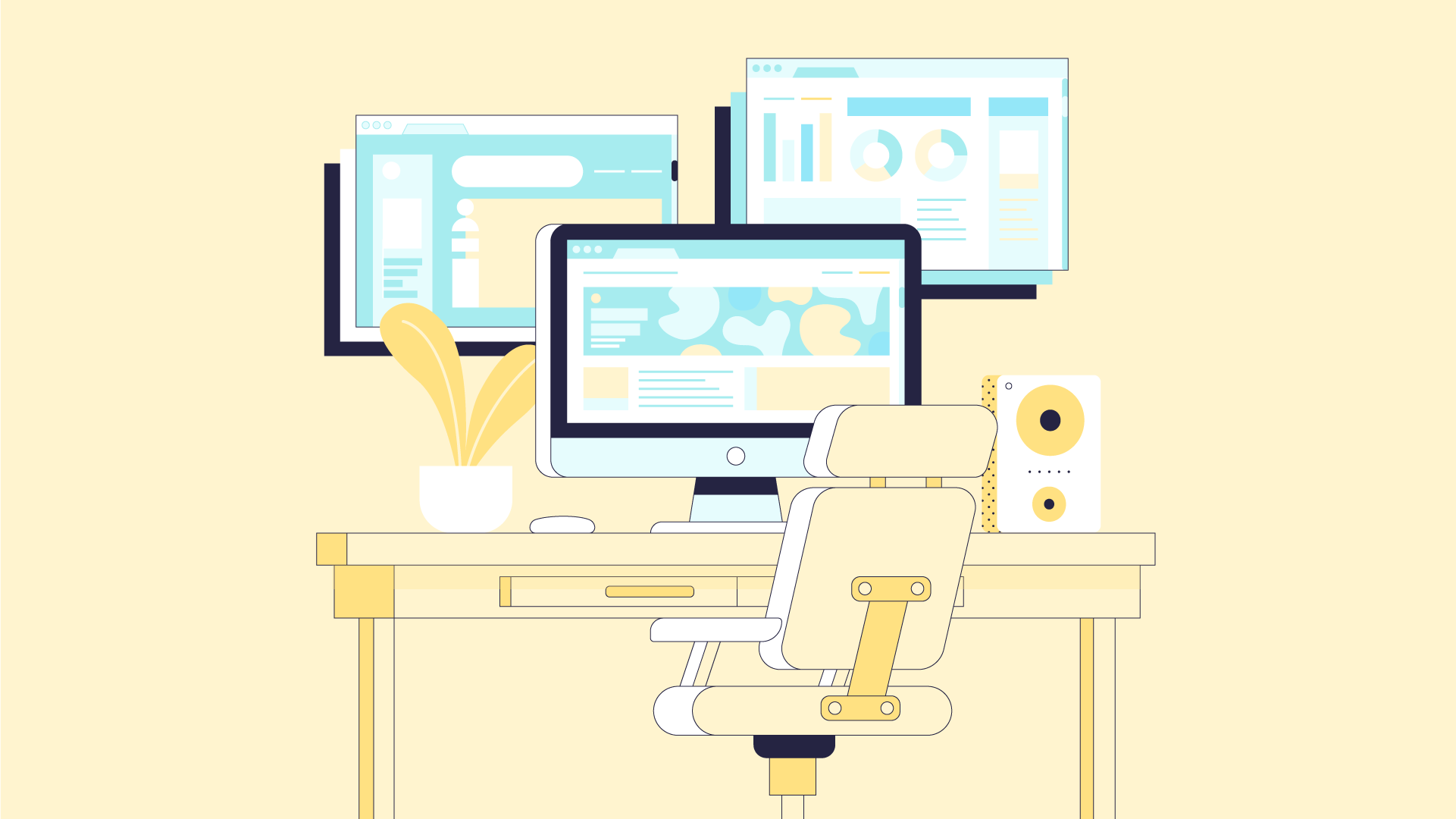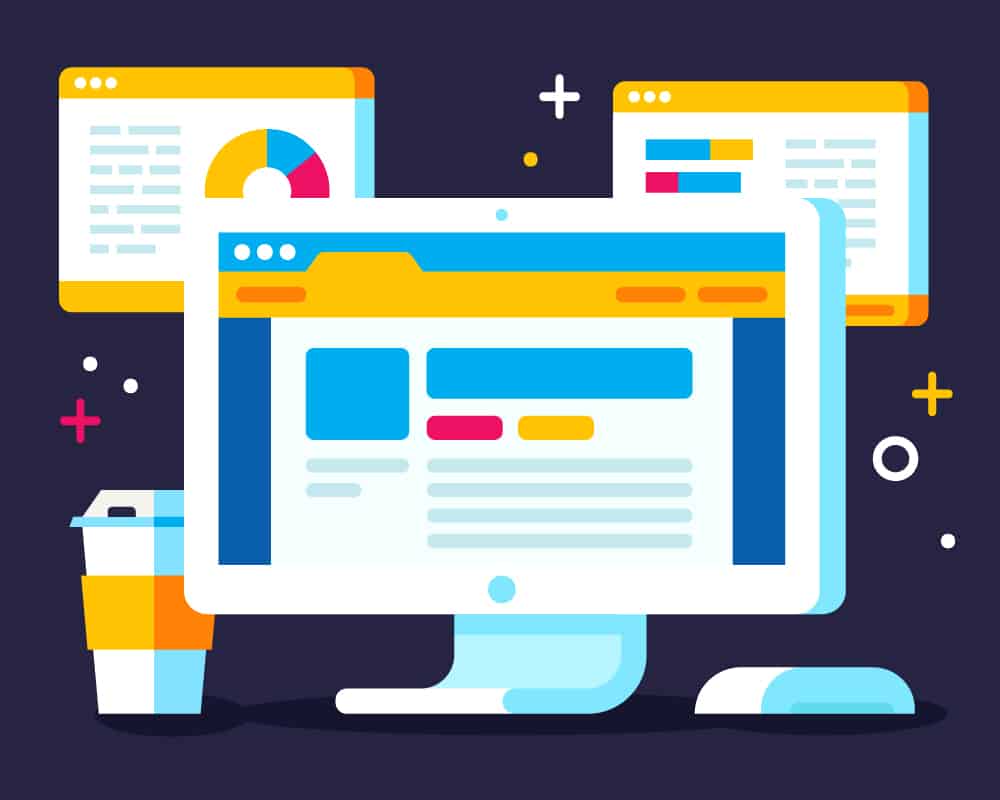Webinars are a tried-and-true staple of content marketing. They are a cost-effective way to create long-term assets, and don’t take too much time to plan, record, and stream.
Webinars can contribute to multiple parts of your content strategy and funnel, and the world’s most successful marketing teams use them as a core acquisition channel. When we analyzed the top SaaS companies, we found 88% use webinars as lead magnets, with recorded video delivering value long after the live session ends.
Webinars tie into marketing strategies through lead acquisition, branding, SEO, authority building, and social media. Since webinars offer considerable value to viewers, they also nurture leads and build relationships through email and social media.
This is especially true as more people switch to remote work and virtual learning, leading to increased reliance on webinars and video streaming. Webinar traffic is higher than ever, with 46.5% of businesses increasing their webinar frequency.
Of course, if you’re going to launch a webinar campaign, it’s not enough to throw something together. You have to design your strategy around goals, deliver content that adds value, and convert leads for long-term performance.
How Webinars Boost Your Business
Webinars are a keystone of content marketing strategy. Understanding why can help you integrate them into your own content strategy. Webinars are excellent for customer acquisition, audience engagement, and connecting with your team. It’s a great tool that can help you achieve many of your marketing goals.
Lead Generation and Growth
Webinars are commonly used to find new leads, as you can host or partner in a webinar and obtain a hefty lead list in the form of registrants. InsideSales shows 73% of marketers and sales leads name webinars as their best lead magnets.
Webinars serve as the entry point for your funnel and can nurture leads to conversion. Planned and executed well, webinar content can even qualify leads while collecting them.
For example, a webinar funnel might look like this:
- Awareness – What problems does your product/service solve? What issues do your customers have?
- Consideration – What alternative solutions are there? How do they stack up? What can users do to get the best solution?
- Evaluation/Intent – Product demo/Feature breakdown
- Decision – How to get more from your product/onboarding information
- Repurchase – Ongoing product/industry insight and value
These tactics apply whether you’re running webinars for SaaS, eCommerce, contracting, B2B sales, or almost anything else. However, your strategy for each should heavily depend on your industry and specialty.
Audience Engagement
Webinars are great for collecting email addresses, but they also provide opportunities to engage with your existing email list. In fact, 57% of all webinar registration comes from email newsletters.
So, while a webinar can help grow your email lists, it’s also a valuable tool for long-term engagement and building relationships with your existing leads.
Webinars deliver high-value information and offer considerable interaction through comments sections, Q&As, and the live streaming format. A webinar gives subscribers and followers space to engage, with 92% of registants wanting a live question and answer section at the end.
Connecting With Your Team
While webinars offer long-term value for audience engagement, they can deliver value inside your team as well. Webinars can be utilized for team catch-ups, business strategies, quarterly progress, training seminars, and other company events. Teams can check in live and engage via chat while a few central people take the stage to answer questions, share data, or teach.
Keys to a Successful Webinar
To the attendees, a good webinar delivers value, consistent quality, and entertainment. To the hosting organization, it delivers leads, reusable content, and predictable, long-term value — namely, an audience. Gaining that audience can be harder than you think, though.
If you want a viewership, you have to plan your webinar content, promotion, and distribution carefully to deliver quality and convenience.
Planning
When is the best time to deliver a webinar?
If you’re hosting a B2B webinar, I recommend planning it between 11 a.m. to 2 p.m. mid-week. Hosting on a Thursday means your attendees aren’t playing catch-up from the weekend, and they haven’t checked out mentally for the week. Of course, this can be complicated if you stream in multiple time zones, or offer services internationally.
If your audience is spread across time zones, try to hold a live webinar during the most convenient time for the largest portion of your audience, and then offer the content on demand afterward. That way, people who can attend in real time will, and those who missed it or want to watch later are able to view the recording.
Effective webinar planning also means understanding budget, timelines, audience energy and availability, and content resources.
- How frequently do experts have time and energy to contribute to webinars?
- How often does your audience have the time to invest in a webinar? What’s the balance between pushing consistent content and creating “webinar fatigue” where people stop watching? For some, the answer is once a week. For others, it’s biweekly or even monthly.
- What days fit into your calendar? Thursdays show the best performance, but does that overlap with other items on your schedule? Is it feasible for everyone involved? Are guests normally available on that day?
Partners
Most widely-attended webinars don’t rely on only one organization to present. Instead, webinar hosts usually ask individuals, industry experts, and partners to participate. This allows you to deliver more information, offer broader industry knowledge, and build your audience.
Guest interviews, collaborations with industry stakeholders, and even direct partnerships can decrease the cost of building webinars significantly, increase your leads, and add value for your viewers.
Assets
Your webinar is a powerful content marketing tool that needs multiple assets to be executed well. Depending on its permanence, these should include:
Content – Every webinar should include notes, on-screen content, and slides. You also need other content, such as emails, social posts, and PPC ads.
Landing pages – If you’re driving traffic to a webinar from email, social media, or PPC, you need landing pages. These help convince people to sign up while capturing their information.
Graphics – From promotional content to slides for the webinar, you need good graphics. These can be templated and repurposed, but should always be updated so they stay relevant and high quality.
Follow-up information – Many people appreciate being able to download the slides or transcript of a webinar after the event. This allows them to retain and go through the webinar information later.
Structure
Take some time to decide what type of webinar you want to host. Do you want it to be a panel, a Q&A with plenty of audience interaction, or more of a lecture?
Demo — Your internal team discusses your product or service. It’s ideal for introducing new concepts, or giving a company update. An example could be how things were done in the past, how they are done now, and what you’re moving towards. This is ideal for presenting new solutions, new technology, or for solving problems.
Keynote — A speaker gives a lecture, teaching the audience about a certain topic. Content is usually organized to present a problem, lead through a discussion, and then move on to a solution. This normally includes Problem -> Cause -> Effect -> Solution.
Q&A — The audience is invited to ask questions and have them answered live.
Panel — A value-driven discussion between the panelists and a host or moderator. The panel may answer a number of questions from the moderator and discuss among themselves.
Talk to your audience to decide what they’re most interested in and look at which webinar structure will advance your company’s goals. If your audience is having trouble figuring out your software, hold a demo. If you want to teach about the industry and demonstrate thought leadership, hold a keynote-style webinar.
You can use some of these formats together, when it makes sense. For example, Q&A sections and polls are useful to insert at the end of other types of webinars. They add engagement, make the audience feel heard, and allow your attendees to send in feedback for improvement.
Promotion
Good webinar promotion is key to ensuring people actually show up to your webinar. In most cases, you need separate campaigns for live and static/on-demand content, but you should promote both.
Email marketing – 57% of all webinar registrations come from email. That means you should prepare an email marketing campaign around every event.
In most cases, it’s good to start inviting people at least two weeks in advance to ensure they have time in their schedules. This is especially important for webinars during business hours, when most of your audience will have to factor in meetings.
If you’re offering webinars on demand, your email marketing should include engagement and conversion strategies as well.
Social promotion – Drive interest and registrations for your webinar on social media. Position the webinar as a valuable resource available to your followers, then add a link to the registration page.
If a webinar is part of a series, you can include key takeaways from the previous webinar and encourage people to sign up for the next one. If your webinar is on demand, you can create a graphic using one of the key quotes from the recording, then tell people to access the recording to learn more. If you are looking for some inspiration for your social media promotional images, you can find some inspiration among social media graphics templates from Piktochart.
PPC – Pay Per Click can be a powerful webinar marketing tool. You’ll get the best results when you target top-of-funnel leads for this, unless you can refine your targeting well enough to reach mid- or bottom-of-funnel leads. Paid campaigns are one of the fastest ways to drive traffic to webinars, build awareness, and capture leads.
Webinar Deck
A good webinar deck guides presenters, delivers relevant information to the viewer, and maintains a pace and structure that offers entertainment and value. Most organizations prepare these for use during the webinar and then offer them as a downloadable resource to viewers after the event.
How To Create a Webinar Deck
The webinar deck is the main visual element of most webinars, even if you also record the speakers. Slides function to guide and support conversation by sharing relevant facts, summaries, and prompts for the audience. A well-made webinar deck adds engagement, interest, and value to the webinar.
Sequence
Your webinar deck must follow the webinar script while presenting information in a clear and logical way. This means choosing an appropriate number of slides, structuring information in a way that makes sense, and ensuring every slide is clear and to the point.
While the exact structure of your webinar can vary depending on the topic, most webinar decks will look something like:
- Title
- Outline
- Speakers
- Main content
- Wrap-up or summary
- Q&A section
- Call to action
It’s important to end with information that helps the viewer decide what to do next. Your CTA should be based on the stage of the funnel the webinar is targeting.
For example, don’t tell people to “subscribe to our software” when they are just hitting the awareness stage. For top-of-funnel leads, you can drive engagement by offering a free gift or other resource without making a hard sell (yet).
Length
Length is a surprisingly important aspect of your webinar deck. The amount of time you need to convey your message will differ based on each company and topic, but there are a few basic practices to follow:
- Don’t use more slides than necessary to get your point across.
- Limit one slide to one key point or major concept.
- Try not to have one slide on screen for more than a minute. Break up your content if you have more to say.
People watching webinars often multi-task, diverting their attention away from their computer screens. Whether they’re at home or in the office, distractions occur: people interrupt, phones ring — the list goes on. So, make it easy to scan the main points on screen quickly. Also, keep the screen interesting without being too busy.
Design
Effective design includes clean slides, easy-to-follow text, supporting images and graphics, and a good flow of content.
Visually interesting content is a must, but you need a balance between “eye-catching” and “cluttered.” Tools like Piktochart offer templates and pre-designed packs to help create stunning decks for your webinar. However, what to include on those slides is also important.
While there are no hard and fast rules for design, in general, less is more. Try to break up paragraphs of text into bullet points, and separate your key ideas or highlights on separate slides.
Shorter content is easier and faster to read. It also looks better, especially when some viewers might be tuning in from smartphones and tablets rather than larger screens. Eventually, you should check out your competitors’ webinars, marketing blogs, and other channels to evaluate what you do and do not like (and then replicate where it makes sense).
Webinars can be a powerful marketing tool that ties into multiple elements of your content and social media marketing strategy. However, you need the right planning, content, execution, and distribution to gain value from them. Hopefully, this puts you on the right track to building and delivering a webinar that converts.





